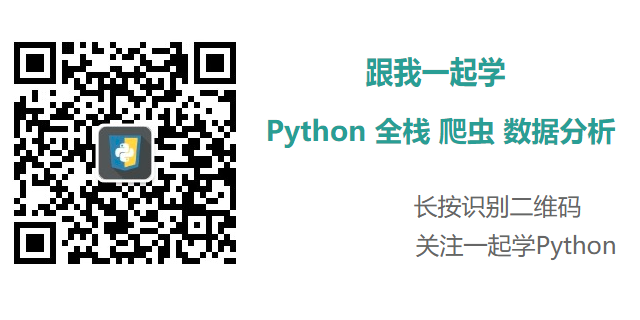2. Add Two Numbers
问题描述
You are given two non-empty linked lists representing two non-negative integers. The digits are stored in reverse order and each of their nodes contain a single digit. Add the two numbers and return it as a linked list.
You may assume the two numbers do not contain any leading zero, except the number 0 itself.
Example
Input: (2 -> 4 -> 3) + (5 -> 6 -> 4)
Output: 7 -> 0 -> 8
Explanation: 342 + 465 = 807.
思路
问题: 两个链表分别倒叙存储两个数的每一位数值,即342存储为(2 -> 4 -> 3),返回两数之和的链表形式。
- 两个链表从表头开始相加,注意进位。
- 考虑到两个链表长度不同的情况。
#!/usr/bin/env python
#-*- coding:utf-8 -*-
"""
@author:BanShaohuan
@file: Add Two Numbers.py
@time: 2018/06/10
@contact: banshaohuan@163.com
@software: PyCharm
"""
# Definition for singly-linked list.
class ListNode:
def __init__(self, x):
self.val = x
self.next = None
class Solution:
def addTwoNumbers(self, l1, l2):
"""
:type l1: ListNode
:type l2: ListNode
:rtype: ListNode
"""
#=> p和dummy都是指向最终返回的链表的表头,p用于操作,dummy用于最后返回
p = dummy = ListNode(-1)
#=> carry为进位标志,初始值为0
carry = 0
#=> 对于两个链表共有节点的处理
while l1 and l2:
p.next = ListNode(l1.val + l2.val + carry)
carry = int(p.next.val / 10)
p.next.val %= 10
p = p.next
l1 = l1.next
l2 = l2.next
#=> "或"操作得到较长那个链表的剩余部分
res = l1 or l2
#=> 剩余部分的处理
while res:
p.next = ListNode(res.val + carry)
carry = int(p.next.val / 10)
p.next.val %= 10
p = p.next
res = res.next
#=> 考虑到最高位也有可能进位
if carry:
p.next = ListNode(1)
return dummy.next
